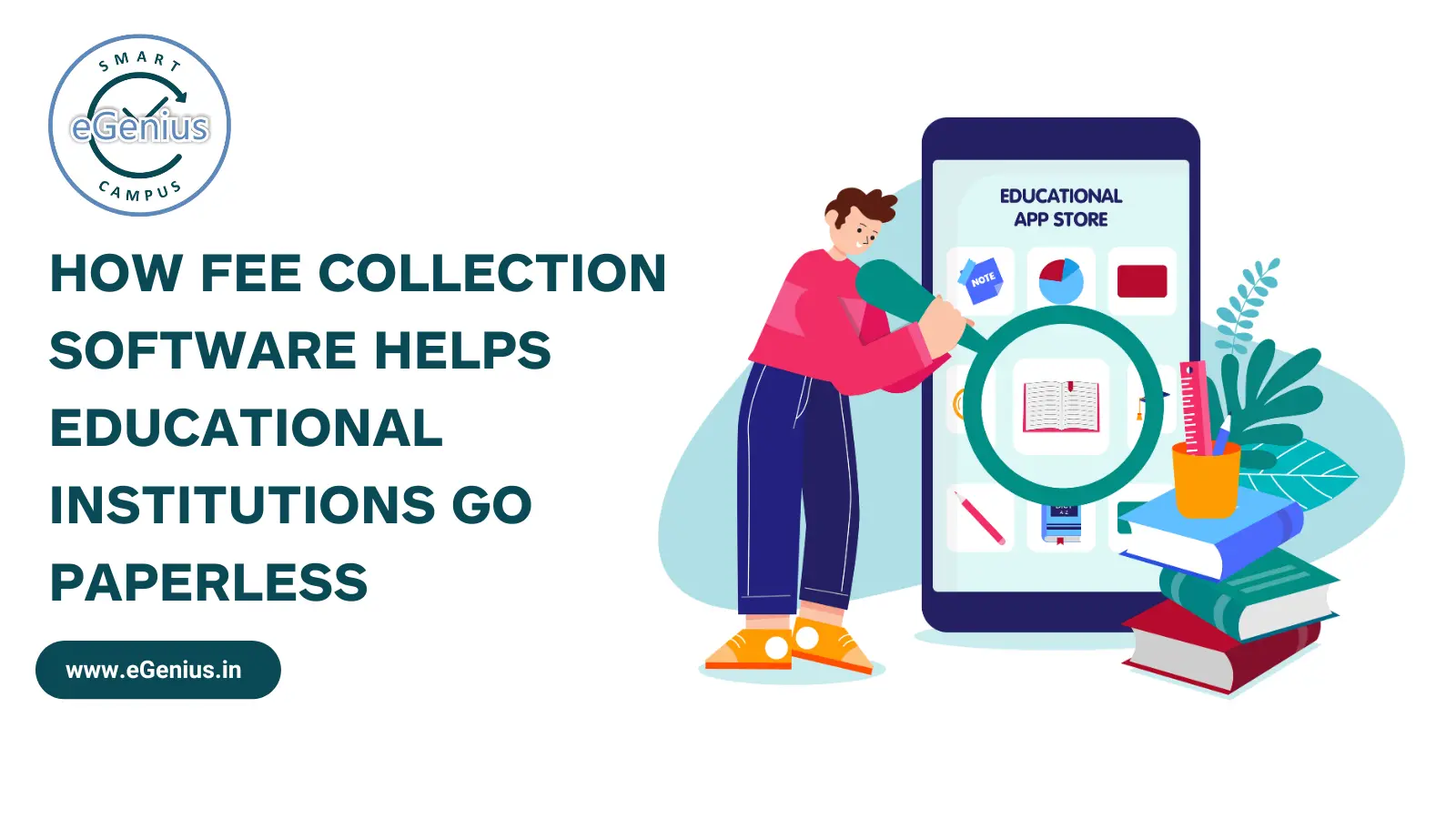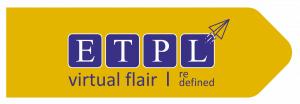In today’s digital age, educational institutions are increasingly adopting fee collection software to streamline operations and reduce reliance on paper-based processes. Fee management systems have become essential tools for schools and colleges aiming to enhance efficiency and minimize administrative burdens. This article explores how fee management systems contribute to making educational institutions paperless, focusing on their advantages and implementation strategies.
Table of contents:
- The Role of Fee Collection Software in Going Paperless
- Key Features of Fee Collection Software
- Benefits of Paperless Fee Collection Software
- Implementation and Best Practices
The Role of Fee Collection Software in Going Paperless
Fee collection software plays a crucial role in transitioning educational institutions from paper-based to digital systems. By automating the fee collection process, this software reduces the need for physical paperwork. Instead of handling stacks of paper forms and receipts, institutions can manage transactions electronically, which simplifies record-keeping and enhances accuracy.
Furthermore, fee management systems provide real-time updates and access to financial data. This allows for better tracking of payments and eliminates the risks associated with manual data entry errors. Institutions can easily generate reports and monitor financial statuses without sifting through physical documents.
Key Features of Fee Collection Software
Fee collection software typically includes several key features that support a paperless environment:
Automated Billing and Notifications: Automated billing processes reduce the need for paper invoices and reminders. Notifications can be sent electronically via email or SMS, ensuring timely communication with students and parents.
Online Payment Gateways: Integration with online payment gateways allows for secure and convenient transactions. Students and parents can pay fees from anywhere, eliminating the need for paper checks or cash.
Learn more: Go Paperless By Using School ERP
Digital Receipts and Records: The system generates digital receipts for every transaction, providing a paperless alternative to physical receipts. It securely stores these records, allowing easy access and retrieval when needed.
Customizable Reporting: The ability to generate and customize financial reports helps institutions track fee collections and manage budgets more effectively. These reports can be reviewed online, reducing the need for printed reports.
Data Security: Advanced security features protect financial data from unauthorized access. This reduces the risk of losing or stealing sensitive information, a common issue with physical documents.
Benefits of Paperless Fee Collection Software
Adopting fee management systems offers numerous benefits that contribute to a paperless environment:
Increased Efficiency: By automating various processes, fee management systems eliminate manual tasks and reduce processing time. This leads to faster fee collection and more efficient administrative workflows.
Cost Savings: Transitioning to a paperless system reduces costs associated with paper, printing, and storage. These savings can be redirected toward other critical areas of the institution.
Environmental Impact: Going paperless contributes to environmental sustainability by reducing paper waste. Educational institutions can promote their commitment to eco-friendly practices by adopting digital solutions.
Improved Accuracy: Automated systems reduce the likelihood of human error in fee processing and record-keeping. This ensures that financial data is accurate and up to date.
Enhanced Accessibility: Administrators can access digital records and reports from any location, which makes it easier to manage and review financial information remotely. This flexibility supports remote work and learning environments.
Implementation and Best Practices
To successfully implement a fee management system and transition to a paperless environment, consider the following best practices:
Select the Right Software: Choose fee collection software that aligns with the institution’s needs and requirements. Evaluate features, ease of use, and integration capabilities.
Training and Support: Provide adequate training for staff to ensure they are comfortable using the new system. Ongoing support should be available to address any issues that may arise.
Data Migration: Plan for a smooth transition by migrating existing data from paper records to the digital system. Ensure that all historical data is accurately transferred and backed up.
Engage Stakeholders: Communicate with students, parents, and staff about the transition to a paperless fee management system. Address any concerns and provide guidance on using the new system.
Monitor and Evaluate: Regularly review the system’s performance and gather feedback from users. This helps identify areas for improvement and ensures that the system continues to meet the institution’s needs.
Fee management systems are pivotal in helping educational institutions go paperless. By automating fee collection processes, providing digital records, and enhancing overall efficiency, these systems contribute to a more streamlined and sustainable administrative environment. The benefits of adopting fee collection software are evident in the reduced costs, improved accuracy, and positive environmental impact. Embracing these digital solutions not only modernizes fee management but also aligns with the broader trend towards paperless operations in education.
Make fee collection simple and paperless with eGenius. Learn more at eGenius.in today!














